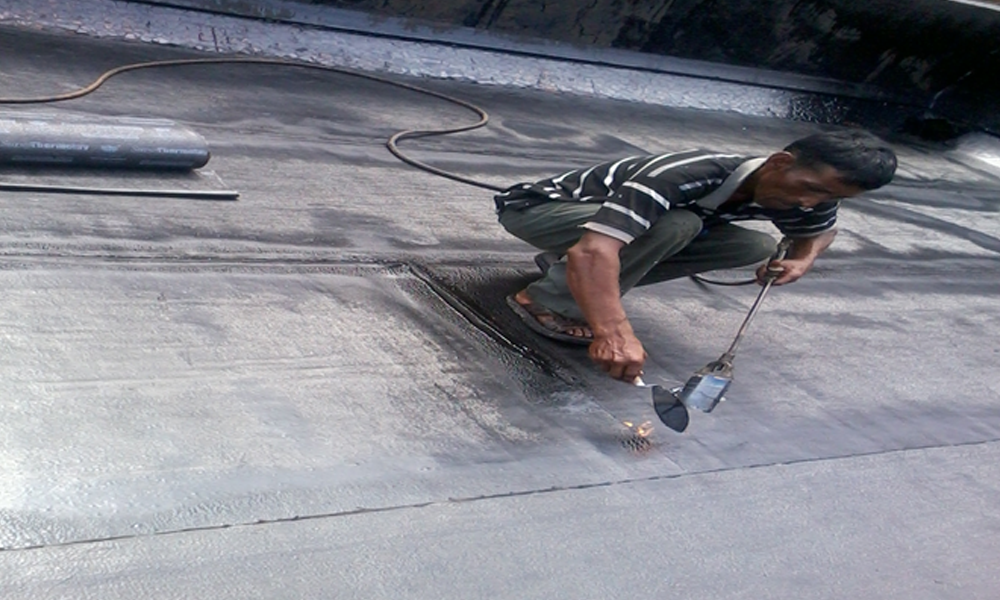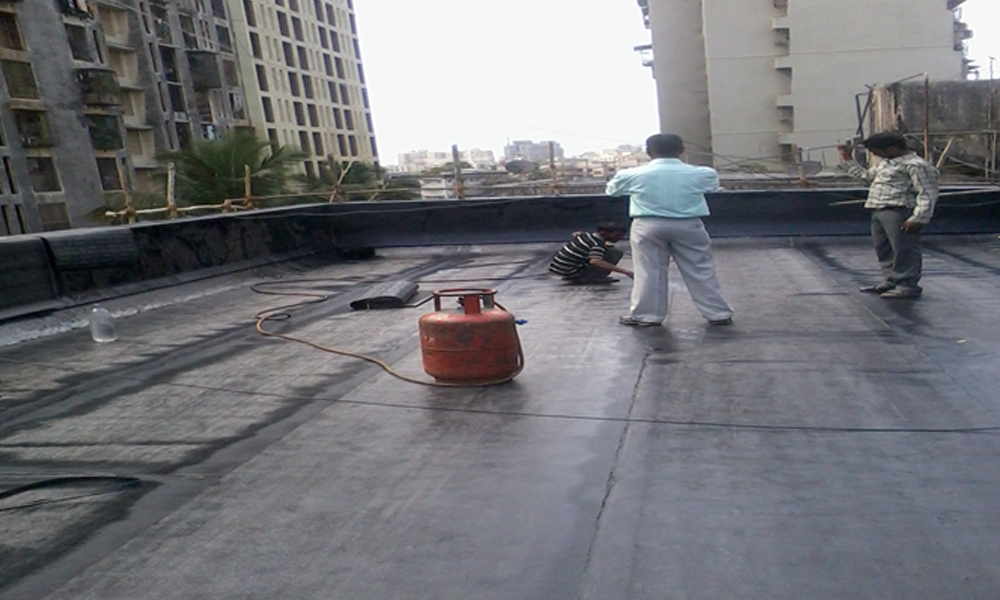
APP SHEET WATERPROOFING
An APP for Waterproofing could be designed to streamline and enhance the management of Waterproofing projects. It would feature tools for efficient project planning, scheduling, and tracking, enabling users to organize tasks and deadlines effectively.
Moreover, such an app would serve as a valuable educational resource, offering comprehensive information on various Waterproofing methods, materials, and best practices. Users would have access to cost estimation tools, facilitating the calculation of project expenses based on factors like area, materials, and labor. Additionally, the app could include a supplier directory, allowing users to easily locate and procure quality Waterproofing materials and equipment.
Real-time weather integration would provide critical updates to assist in scheduling projects during optimal weather conditions. Client communication features would enable seamless interaction between contractors and clients, ensuring transparency and timely updates on project progress. Furthermore, the app could offer documentation management capabilities, allowing users to store and organize essential documents such as contracts, permits, and warranties. Lastly, troubleshooting support and guidance on common Waterproofing issues would enhance the app's utility and user experience, making it an indispensable tool for homeowners, contractors, and Waterproofing professionals alike.
Bitumen membranes, for example, are popular for their durability and flexibility, making them ideal for flat or low-sloped roofs. These sheets are typically applied using heat to bond them to the substrate, creating a seamless and watertight seal. EPDM rubber sheets offer excellent resistance to UV radiation and temperature variations, making them suitable for outdoor applications such as roof Waterproofing. PVC sheets are known for their ease of installation and resistance to chemicals, making them suitable for areas with high exposure to harsh substances. Liquid Waterproofing compounds, on the other hand, provide versatility in application and can be used on various surfaces, including concrete, metal, and wood.
The process of Waterproofing sheets typically begins with surface preparation, which involves cleaning the substrate and repairing any cracks or defects. Once the surface is ready, the Waterproofing material is applied according to the manufacturer's instructions, ensuring proper coverage and adhesion. In addition to protecting against water infiltration, Waterproofing sheets can also enhance the energy efficiency of a building by reducing heat loss through insulation. Properly waterproofed sheets contribute to the overall longevity and structural integrity of the building, saving time and money on repairs and maintenance in the long run.

